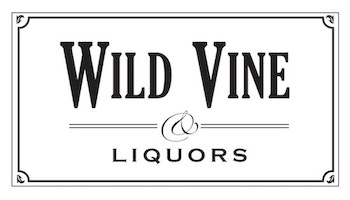For some of us, Riesling is the undisputed king of white grapes. There is a Riesling for every occasion, from sparklers to dense, dry wines to go with red meats and, naturally, the best dessert wines. Good Rieslings are grown worldwide, including the United States, Austria, and Australia, but some of the finest come from Germany. The only thing keeping Riesling from becoming everyone's favorite grape is a group of misconceptions and fears around sweetness. Are all German Rieslings sugary, and how do we know which ones are sweet? Here is a scale of label keywords that gives you a rough idea of perceptible sugar from driest to sweetest: Trocken, Halb-Trocken, Feinherb, Kabinett, Spätlese, Auslese, Beerenauslese, Eiswein, and, Trockenbeerenauslese. Another good indicator of residual sugar is the ABV listed on the label. You can expect 12.5% ABV to be dry, while 10.5 % will usually indicate some sweetness. The only way to be sure is to ask us.
|
|
|
|
||||||||||||||
|
|
|
|
|
|
|
|
||||||||||||||
|
|
|||||||||||||||
|
|
|
|
|
|
|
|
|
|
|
|
|
|
||||||||||||||
|
|
|
|
|
|
||||||||||||||
|
|
||||||||||||||
|
|
||||||||||||||
|
|
|
|
||||||||||||||
|
|
||||||||||||||

Sign up for the Wild Vine & Liquors newsletter and be among the first to know about upcoming specials!